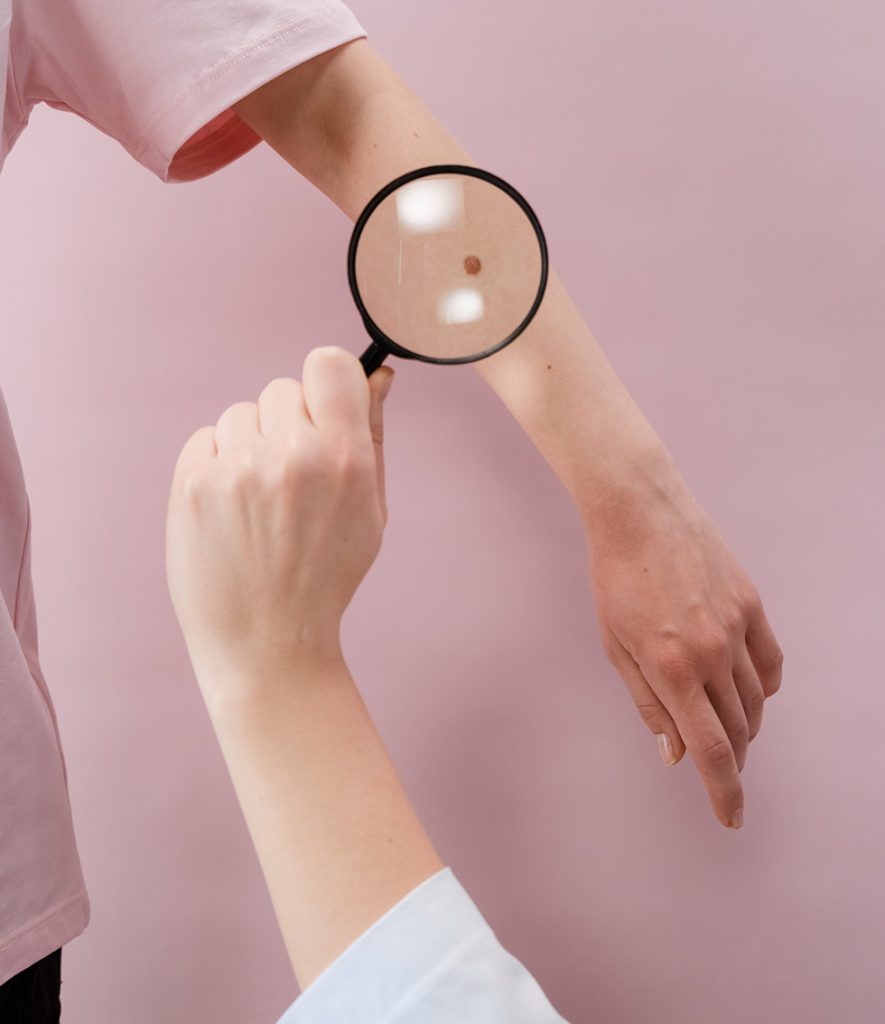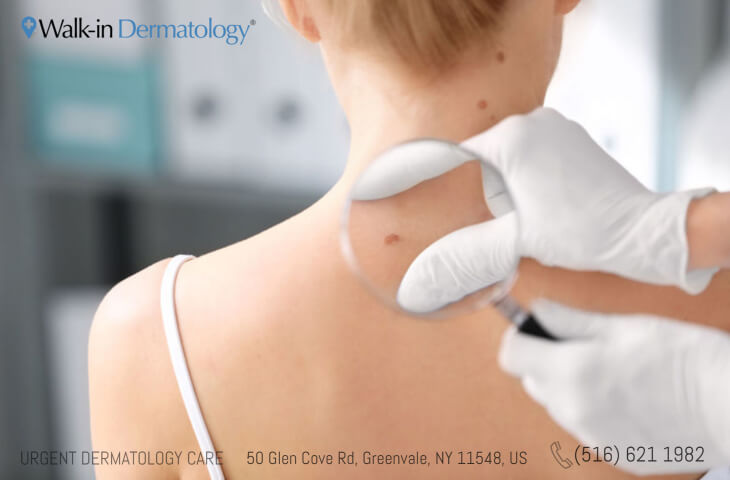Find a certified mohs surgery to remove skin cancer with minimal scarring.
Navigating Skin Cancer Cells Therapy: The Crucial Function of Mohs in Modern Dermatology Practices
Skin cancer cells, a daunting diagnosis, usually leaves individuals grappling with numerous therapy choices. As we explore the details of this procedure, one will certainly value its crucial duty in skin cancer therapy.
Understanding Skin Cancer: Kinds and Risks
Skin cancer, a possibly life-threatening condition, is far extra prevalent than many individuals recognize. This illness, brought on by the unchecked development of uncommon skin cells, largely results from DNA damage because of direct exposure to the sunlight and ultraviolet (UV) light. There are three primary kinds of skin cancer: Basic cell cancer, Squamous cell cancer, and Melanoma. While the previous 2 are much less lethal and make up most of detected situations, melanoma is the most dangerous. It represents just about 1% of skin cancer instances however creates the substantial bulk of skin cancer cells fatalities - dermatologist. Danger elements include fair skin, history of sunburn, extreme sunlight direct exposure, living at high altitudes or close to the equator, having several moles, a family members background of skin cancer, and deteriorated immune system.
What Is Mohs Surgical treatment and Exactly How It's Changing Skin Cancer Treatment
Regardless of the numerous treatments presently offered for skin cancer cells, Mohs surgical treatment stands out as a groundbreaking and extremely reliable service. Called after Frederic E. Mohs, the physician who established the procedure, Mohs surgical treatment is a precise medical method made use of to treat skin cancer. This level of accuracy, incorporated with the capacity to save as much healthy and balanced tissue as possible, is revolutionizing skin cancer cells therapy.
The Benefits of Mohs Surgical Procedure Over Typical Skin Cancer Cells Therapies
Structure on the ingenious nature of Mohs surgical procedure, it's necessary to consider its numerous benefits over traditional skin cancer treatments. Unlike typical treatments, Mohs provides a greater treatment rate, commonly getting to 99% for new therapies and 94% for recurring cancers. Additionally, it lessens damages to healthy and balanced skin, leading to less scarring and boosted cosmetic end results.
The Treatment of Mohs Surgical Procedure: What to Anticipate During the Process

Potential Side Effects and Post-Operative Care of Mohs Surgical Procedure
Going through Mohs surgical treatment, like any type of other surgery, involves prospective adverse effects content that clients must understand. Usual side results consist of discomfort, bruising, and swelling at the surgical treatment website. These are normally momentary and manageable with non-prescription discomfort medicine and ice packs. In uncommon cases, patients may experience infection, blood loss, or an allergy to the neighborhood anesthetic. Post-operative care is essential to recovery and lessening negative effects. This generally entails maintaining the injury tidy and dry, taking proposed medications, and preventing strenuous tasks. Clients need to likewise go to all follow-up appointments for injury care and surveillance. Sometimes, extra treatments may be required to guarantee full removal of the malignant cells. Sticking to these post-operative treatment guidelines can considerably boost recuperation and end results.
Verdict
